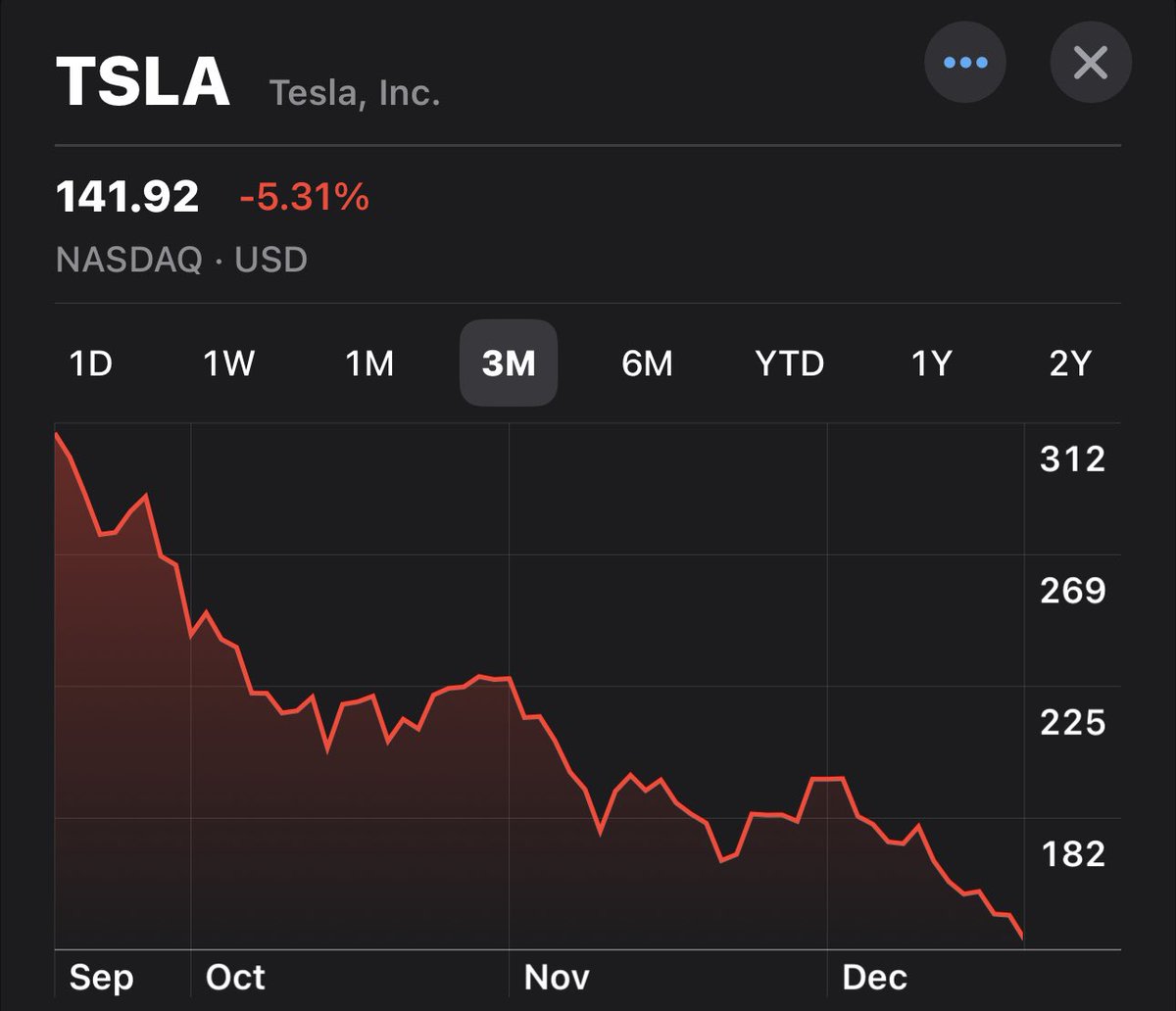Is Teslas financial performance truly as robust as it appears, or are there troubling signs beneath the surface? A recent report from the Financial Times has ignited a firestorm of questions, revealing a $1.4 billion discrepancy that casts a shadow of doubt over the electric vehicle giants accounting practices.
The buzz around Tesla has always been electric, fueled by innovation, charismatic leadership, and a relentless pursuit of disrupting the automotive industry. However, the latest revelations are causing investors and analysts alike to pause and re-evaluate the company's financial health. The central issue revolves around a discrepancy between the funds Tesla spent and the new assets it reported, a gap that has left many bewildered and demanding answers. The Financial Times, in its report, meticulously compared the company's capital expenditures with the corresponding asset increases, identifying a significant shortfall. Its a disparity that has sparked concerns and forced a re-evaluation of the company's accounting practices.
The core of the concern centers on the missing $1.4 billion. It's not just a matter of numbers; it's about transparency and trust. Investors rely on accurate financial reporting to make informed decisions. When discrepancies arise, they erode confidence and raise questions about the integrity of the companys financial management. This is especially true for a company like Tesla, which has experienced rapid growth and expansion, making it even more critical for its financial reporting to be above reproach. The lack of clarity surrounding this discrepancy has led to speculation and a cautious outlook from financial experts.
- The Twisted Truth Behind Willy Wonkas Chocolate Factory
- Whos Angela Lansburys Husband The Answer May Surprise You
Adding to the complexity, Tesla made the decision to raise $6 billion in new debt during 2024. This move seems counterintuitive to many, given the company's substantial cash reserves, reported at $37 billion at the end of the year. The act of taking on additional debt while sitting on a large cash pile is puzzling to investors. One might wonder why the company would choose to incur interest expenses when it already possesses a significant cushion of readily available funds. The company's justification for raising this debt will be crucial for gaining back the confidence of investors.
The company's financial statements show a complex picture that warrants further scrutiny. For instance, Tesla's net income attributable to common stockholders has dropped. The figures show an 8.4 billion net income in 2024, a 23% decline from the 2023 profit and a 40% fall from 2022s record income of 14.1 billion. Moreover, Q4 of 2024 saw Tesla generating 25.7 billion in revenue, slightly under the predicted 27.3 billion. The decline in profits alongside the missing funds raises further concerns about the overall financial trajectory of the company. Tesla's ability to manage its finances effectively is now under intense scrutiny.
The Financial Times report's timing is particularly crucial, given the existing market conditions. The U.S. stock market has been subject to some volatility. Tesla's stock has shown the same trends, making the financial situation even more critical. The revelations from the Financial Times are not just about numbers; they affect the stock value and investor sentiment. Any lack of confidence has a direct impact on Teslas market performance, and thus, its capability of fulfilling its long-term ambitions.
- The Ultimate Guide To The Names Of Buzz Aldrins Wives
- Kim Young Daes Love Life A Guide To His Relationships
Tesla's brand has always been a core component of its valuation. However, the most recent research has shown that the value of the Tesla brand has dropped for a second straight year. This data suggests the brand is facing external headwinds, with accounting discrepancies adding more fuel to the fire. Maintaining and strengthening the brand value is key in the electric car market, and the company needs to respond to these financial concerns with strong transparency and clarity in its financial reporting.
The situation at Tesla also draws attention to the broader landscape of the EV industry. As the market evolves, the need for companies to demonstrate financial stability and sound financial management is more important than ever. The industry is very competitive, and any uncertainty has the potential to affect the electric car market as a whole. Tesla is the leader of this race, and its success or failure is a good indication of the future of the electric vehicles.
The question of how the $1.4 billion discrepancy occurred and what it means for the future of Tesla is a question that cannot be ignored. While there may be explanations for the gap, the company is compelled to offer a solid answer. The transparency of the electric automaker is critical for maintaining investor confidence and the company's long-term viability. In order to deal with these questions, the company must provide clear financial reporting and communicate its strategy effectively.
Tesla's decision to raise $3.9 billion in new debt last year is another puzzle. While a company sitting on a $36.5 billion cash pile might not immediately seem to require additional borrowing, the specifics of the move warrant examination. Did Tesla identify specific opportunities for growth that demanded immediate capital infusion? Was the debt intended to strengthen its balance sheet in anticipation of future market volatility? These are questions that need to be addressed in order to fully understand the companys strategy. The company is under pressure to provide an explanation for the $3.9 billion debt raise.
Moreover, it's essential to consider the broader economic context. The U.S. stock market has shown a number of changes. A rise in interest rates, supply chain issues, and economic uncertainty can all influence Tesla's performance and financial strategies. External factors also have an impact on the company's financial health. In the face of these broader economic trends, Teslas decisions take on even more importance.
The focus on Tesla's financial statements goes beyond simply identifying the missing funds. It encourages a broader scrutiny of the company's financial strategies, capital allocation, and risk management practices. Teslas ability to navigate an evolving marketplace is dependent upon its financial discipline. By taking the time to address the concerns around the missing funds, Tesla has the chance to reassure investors and build faith.
Elon Musk's leadership, often seen as a driving force behind Tesla's success, now takes center stage. His vision, innovation, and sometimes controversial style have always shaped the company's trajectory. Tesla's financial performance now rests on whether he can take the initiative, clarify the financial situation, and chart a course for the future that is both financially sound and inspiring. The company needs to be forthcoming and transparent to strengthen the company's position.
The recent developments at Tesla underscore the importance of diligent financial reporting and transparency for companies in any industry, especially in the fast-paced world of technology and innovation. The company is a case study in how critical it is to not only drive innovation but to also manage financial risks effectively. The way Tesla addresses these problems can provide some important insights to all companies, and will shape its destiny in the years ahead. The spotlight is on Tesla to ensure that financial stability is aligned with visionary objectives.
| Aspect | Details |
|---|---|
| The Discrepancy | A $1.4 billion shortfall identified between Tesla's reported capital expenditures and the corresponding increase in assets. |
| Raising Debt | Tesla raised $6 billion in new debt in 2024 despite holding approximately $37 billion in cash reserves. |
| Profitability Decline | A 23% drop in net income attributable to common stockholders from 2023 to 2024, and a 40% decline from the 2022 record. |
| Revenue Shortfall | Q4 2024 revenue of $25.7 billion, below analyst expectations of $27.3 billion. |
| Brand Value | The value of Tesla's brand has dropped for a second consecutive year. |
| Key Concern | Erosion of investor confidence and questions about the integrity of Tesla's financial management. |
| Impact | Potential negative impact on stock value, investor sentiment, and the company's long-term viability. |
| External Factors | Broader economic trends, including interest rates, supply chain issues, and market volatility. |
| Importance | Highlights the need for diligent financial reporting, transparency, and effective risk management. |
| Need for Clarity | Tesla is under pressure to provide clear explanations for the discrepancies and debt raises. |
| Link to reference | Reuters |



Detail Author:
- Name : Wilfred Herzog
- Username : lcole
- Email : adelle.schneider@paucek.com
- Birthdate : 1982-09-08
- Address : 1935 Ransom Park Nienowchester, AK 24810
- Phone : 531-632-4196
- Company : Jacobson, Schmitt and Daniel
- Job : Poet OR Lyricist
- Bio : Error quam necessitatibus autem autem eum exercitationem voluptatibus. Soluta repudiandae voluptatem eos. Et est dolorem laborum facilis.
Socials
tiktok:
- url : https://tiktok.com/@mante2024
- username : mante2024
- bio : Repellat ea inventore aut labore veniam cumque voluptatem fugiat.
- followers : 2147
- following : 1831
facebook:
- url : https://facebook.com/yazminmante
- username : yazminmante
- bio : Amet facilis totam hic id.
- followers : 3689
- following : 1061
linkedin:
- url : https://linkedin.com/in/yazmin6080
- username : yazmin6080
- bio : Officia modi omnis quia sed quia non.
- followers : 6444
- following : 2794
instagram:
- url : https://instagram.com/mante1981
- username : mante1981
- bio : Natus sed aspernatur rerum sint et. Aut voluptatem eos cupiditate ex fugit et est.
- followers : 2151
- following : 2701
twitter:
- url : https://twitter.com/yazmin_id
- username : yazmin_id
- bio : Asperiores ducimus asperiores quod porro atque illum qui. Minus quis officia qui. Quibusdam illum et aut est cumque ipsa quaerat sunt.
- followers : 188
- following : 2033